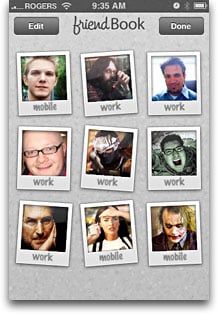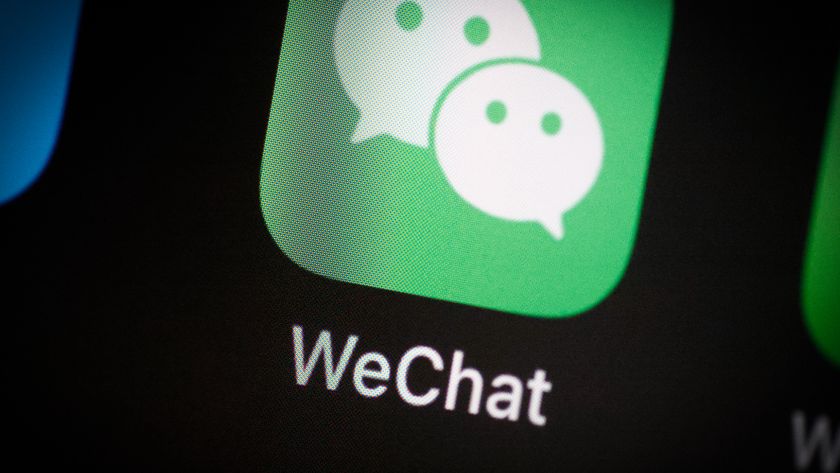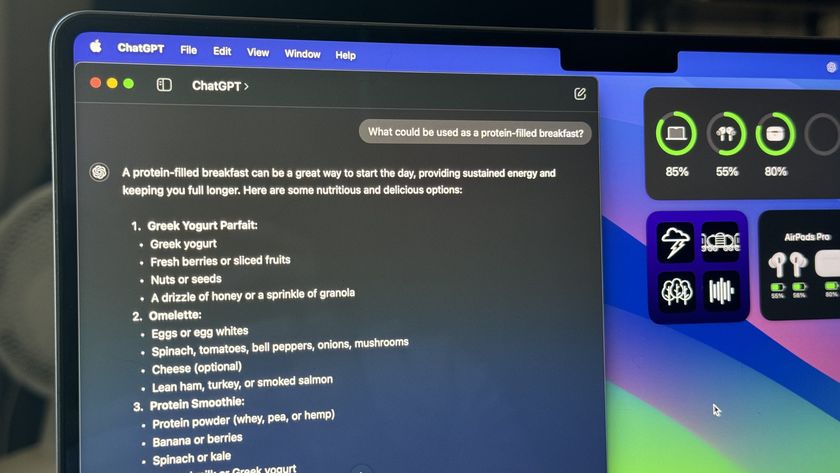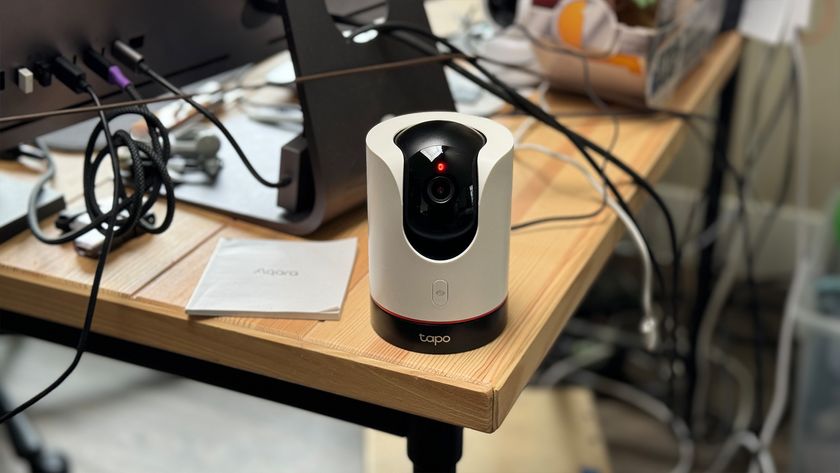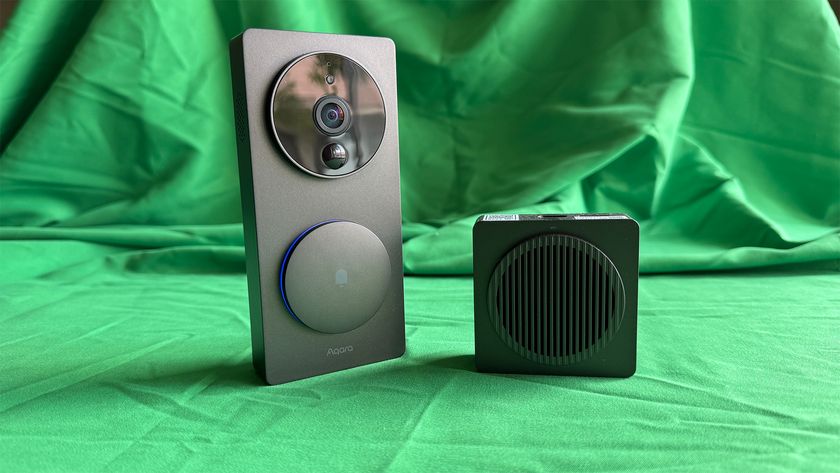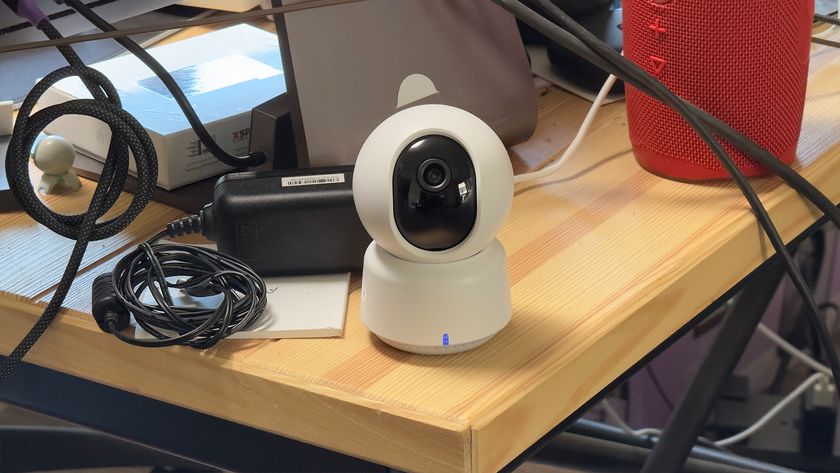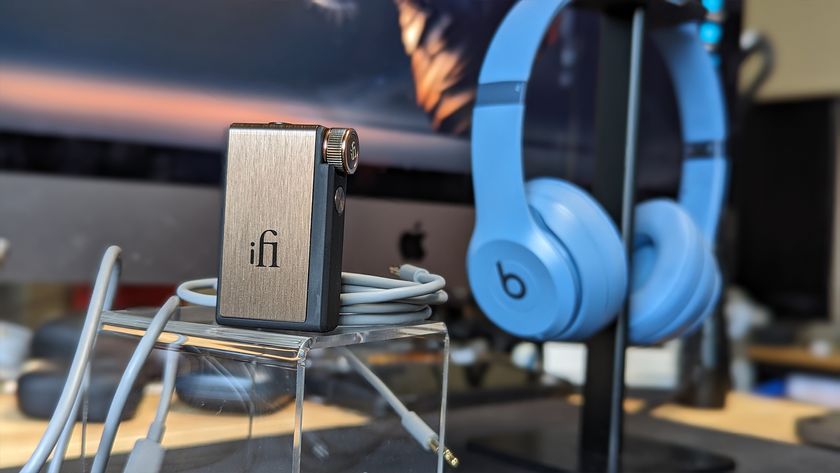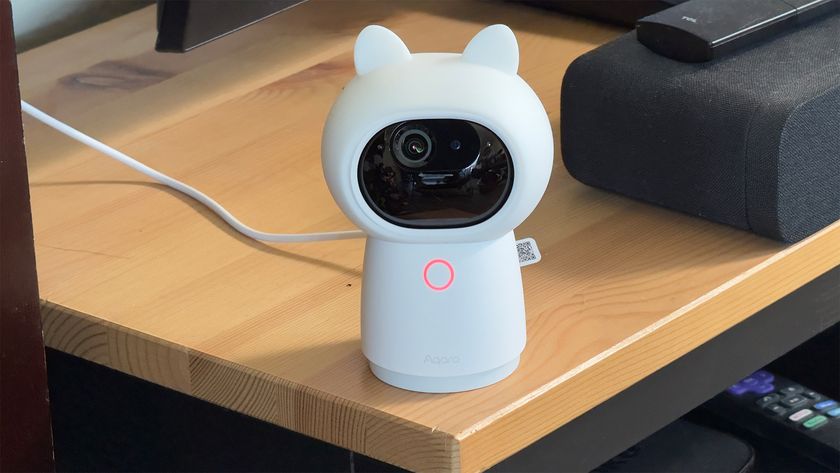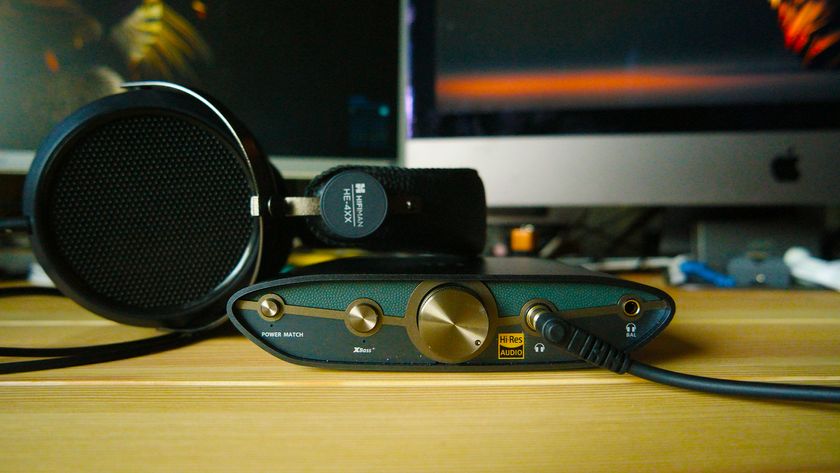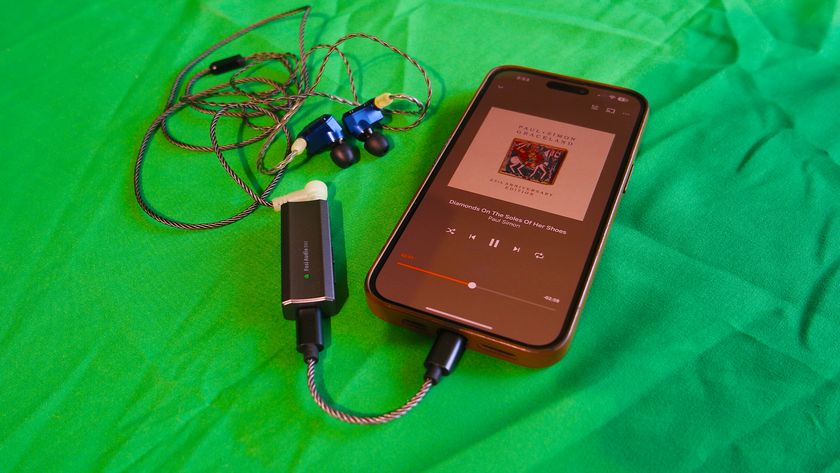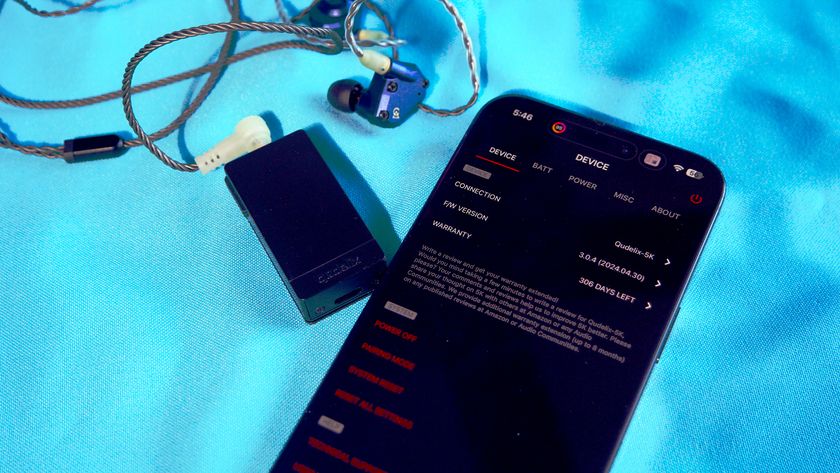Friend Book envelopes and extends the iPhone's built-in Contacts app. Divided into three parts, a photo contact viewer and manager, a wireless contact exchanger, and photo dialer, it gives contacts some fabulous new abilities, though sometimes at the expense of quirky new constraints.
Note: I grabbed Friend Book pretty much the instant it was released on the App Store. Since then, it's been taken down to address an issue with contact permissions but should return shortly. If any functionality changes in the re-release, I'll update here.
Read on for the walkthrough, after the break!
Contacts: Photos and Management
Friend Book's icon is a variation on Apple's standalone Contacts App icon. Tap on it, and you'll see the same holds true for Friend Book itself. First up is a very familiar alphabetical contact list view with one slight -- and major -- difference: photos. Along the right hand side of each contact is the associated photo (or logo if you've set those up for businesses).
Working on the theory that our brain's pattern recognition is faster than text decryption, this makes it very easy to pick people out at a glance.
Tap the folder icon (bottom middle) and suddenly you can delete contacts, move them between contact groups, copy them to multiple contact groups, or merge two contacts together. Since Apple hasn't provided this type of functionality, it's very welcome in Friend Book.
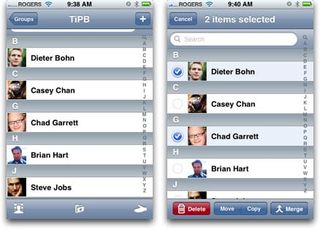
Wireless Contact Exchange
Tap the hand icon on the bottom right, and a new panel slides up giving very explicit directions on how to exchange your contact information with another iPhone owner's.
And innovative and fun interface leveraging the iPhone's capabilities, the inability to exchange more than just a "Me Card" is a downer, especially for those used to the extensive infrared-based contact beaming Treo owners have always enjoyed.
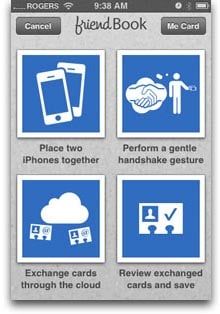
Visual Photo Dialing
Ever since Bill Gates showed this concept off at CES on the Palm 700w, I've been a fan. I really liked Gx5's DialByPhoto for the Palm OS, especially their 3x3 grid view. Fortunately for me, then, that the 3x3 grid is just how Friend Book does it as well.
Tap the contact icon at the bottom left, and a panel slides in with nine little polaroid-style frames. Tap the edit button top right to begin filling them. Select a frame and you can browse your contacts. Pick a number, and that contacts picture and the type of number (home, work, mobile) take their place on your grid.
It's an elegant system -- or it would be if not for the baffling fact that your ability to browse your contacts is limited to your last list view in the main part of the app. If you were in one group, family for example, there doesn't seem to be a way to get back to all contacts within the selection process here. You have to back out of edit mode, back out of the the photo dialer, go back to the main contacts section, get back to all contacts, then begin the process again. That's a lot of back peddling. If the editor contained the standard "Groups/Back" button in addition to a "Cancel" button, it would fix this. Hopefully that's just an update away.
Another strange one: The search box is always present in the contact list browser, but sometimes is not enabled. There's no visual clue for a user, however, when its enabled or not, making for a confusing experience. I'm not sure if this is a limitation to the controls surfaced in the SDK, but it will need to be addressed by either Apple or the developers.
Conclusion
Friend Book comes to us from the folks at Tapulous, who are currently enjoying huge success with the Tap Tap Revenge, and some ups and downs with Twinkle. Friendbook seems more like the latter than the former for now: awesome app with great potential, and just a few bugs/quirks holding it back.
(Ratings reserved until Friend Book is re-released in the App Store).

Rene Ritchie is one of the most respected Apple analysts in the business, reaching a combined audience of over 40 million readers a month. His YouTube channel, Vector, has over 90 thousand subscribers and 14 million views and his podcasts, including Debug, have been downloaded over 20 million times. He also regularly co-hosts MacBreak Weekly for the TWiT network and co-hosted CES Live! and Talk Mobile. Based in Montreal, Rene is a former director of product marketing, web developer, and graphic designer. He's authored several books and appeared on numerous television and radio segments to discuss Apple and the technology industry. When not working, he likes to cook, grapple, and spend time with his friends and family.
